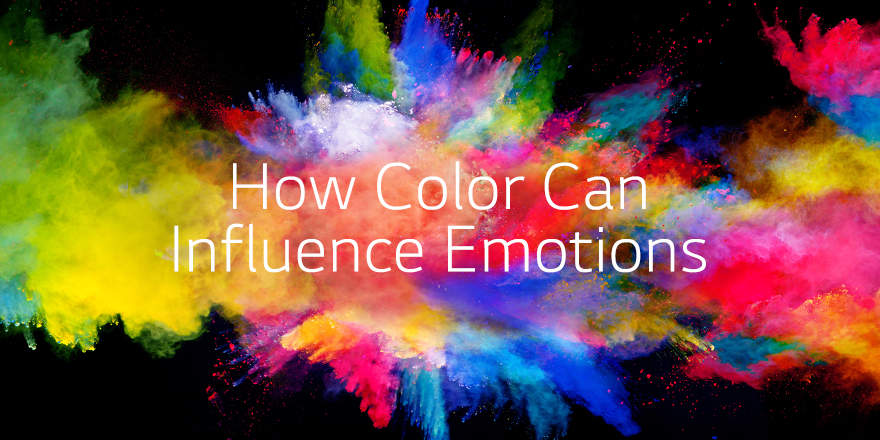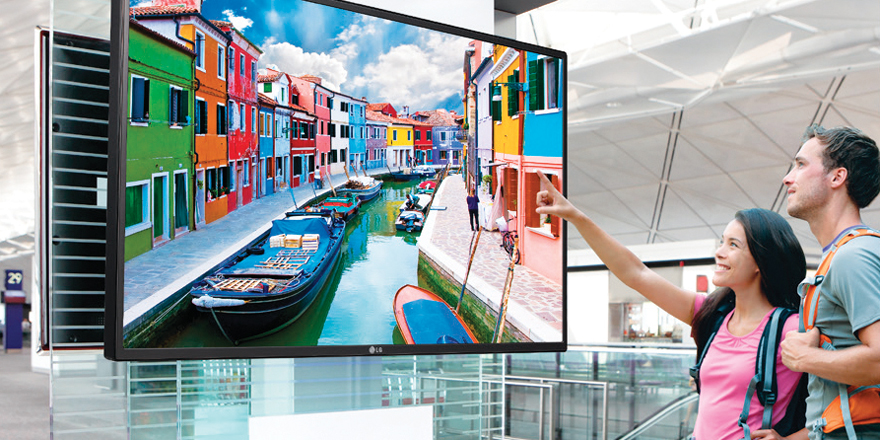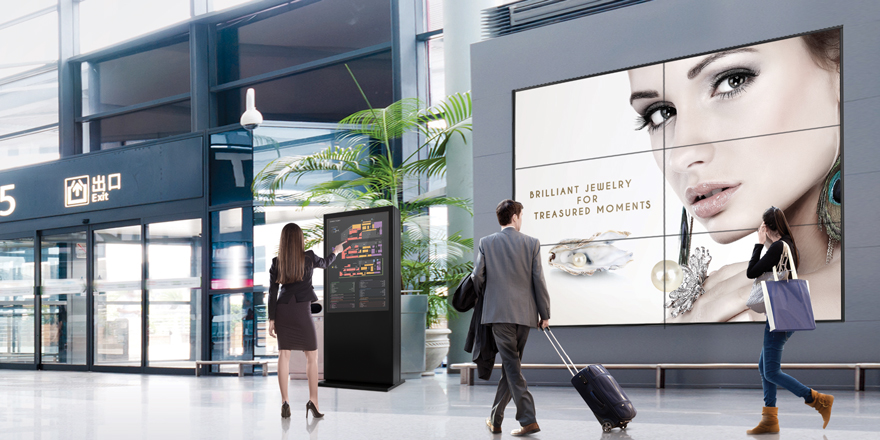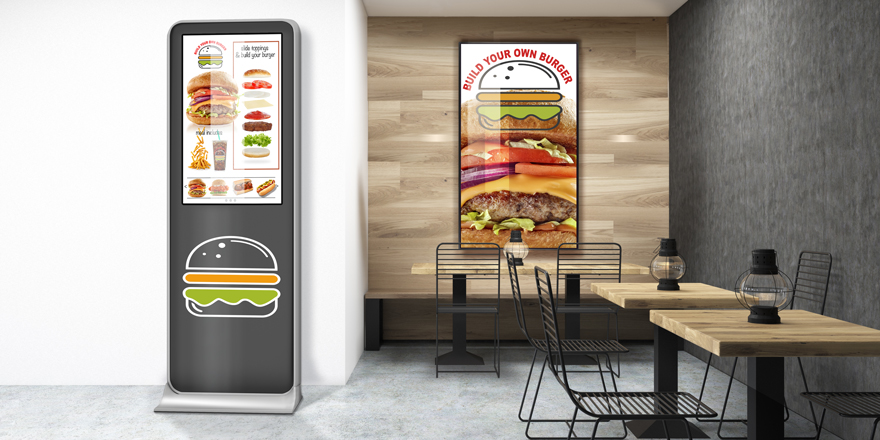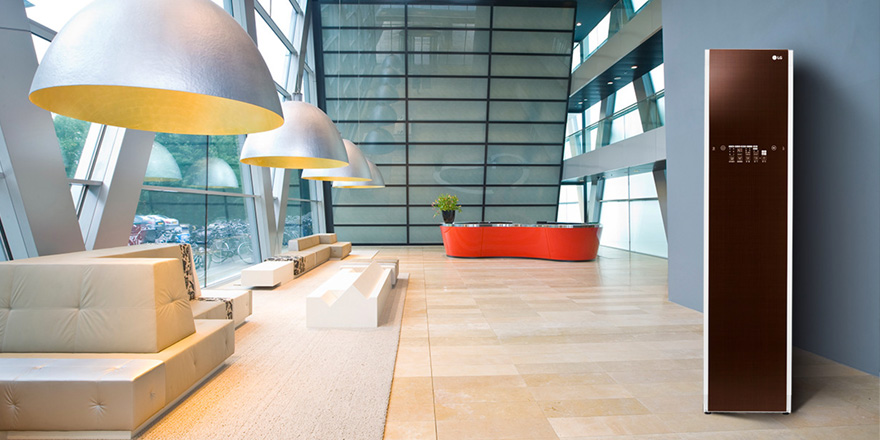It’s something that graphic designers and interior decorators live and breathe every day: Color. Not only color itself but also what they can do with it, i.e., what influence it can have on human emotions and behaviors. So, if you’re using digital signage to attract attention and compel people to take some kind of action, color can help you achieve that goal.
Let’s review some of the colors that are favorites for inspiring feelings.
Red. Red is a primary color that can evoke strong emotions and increase heart rate, passion and intensity. But red doesn’t stop there. Red can also stimulate appetite, create urgency and encourage impulse shoppers to buy.
Orange. Orange is a secondary color that is associated with excitement and enthusiasm, and is often used to help draw attention, create a call to action and motivate impulse shoppers. If you’re friendly, cheerful and confident you might want to wear something orange—it’ll go well with you.
Yellow. Yellow is a primary color that represents optimism, shows clarity and is associated with youthfulness. It can be used to increase cheerfulness and grab the attention of window shoppers. Although it’s the most eye-catching of colors it can also cause eyestrain and induce feelings of frustration.
Green. Green is a secondary color that is associated with wealth and represents money. It is also a relaxing color, denotes nature and is connected to environmental issues. It represents new growth. Green is specified for night vision equipment because our eyes are the most sensitive to it.
Blue. Blue is a primary color that can enhance productivity, which is why you might see it used in corporate businesses. It can create a sense of security and trust, inspire calmness or serenity and, unlike red, can actually curb appetites. Blue is also associated with feelings of sadness.
Purple. Purple is a secondary color often used to soothe and calm. It is routinely used in beauty products and can be associated with creativity, imagination, wisdom and royalty. Purple is also described as mysterious.
The strategic use of color in your digital signage content can help attract patrons, establish a connection with your brand, arouse a particular feeling and persuade people to act. And don’t forget, displays featuring IPS (In-Plane Switching) technology provide a 178-degree wide angle of view where colors remain accurate and consistent, so even casual passersby will be drawn to your message.
